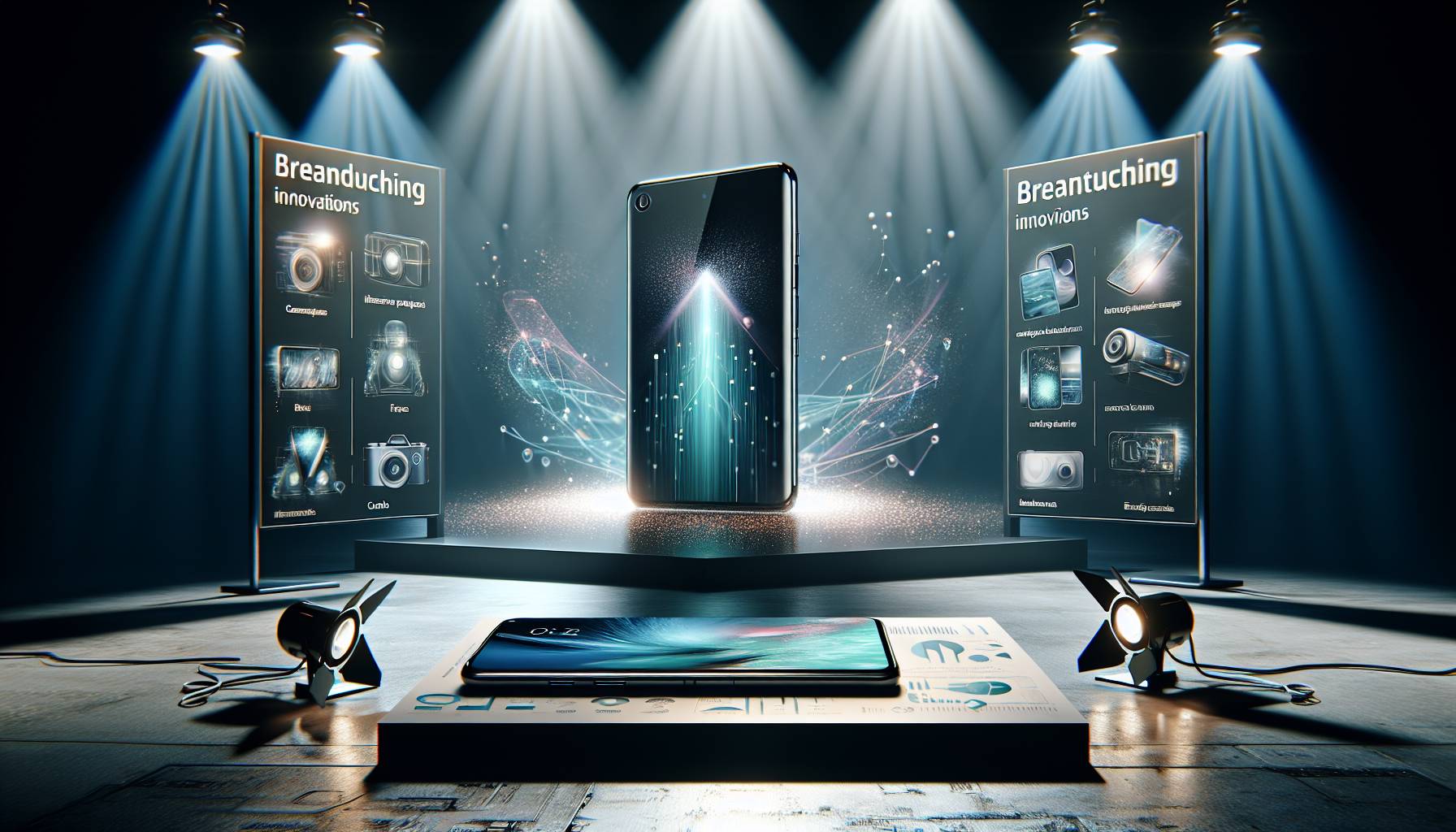The transformation of service stations: from fuel to electric
One of the key distinctions between conventional gas vehicles and electric vehicles (EVs) is their refueling methods. While petrol and diesel automobiles depend on a liquid fuel source, EVs require plugging in for electricity. This essential change is altering the landscape of service stations in significant ways, prompting us to consider our journey thus far.
During the 1950s and 60s, service stations were not merely refueling points. Full-service establishments, such as those run by Texaco, provided a variety of services beyond just dispensing fuel. A Texaco advertisement from the 1960s proudly proclaimed that attendants would not only replenish your fuel but also inspect your battery, wipers, engine oil, fan belt, and radiator, while cleaning your windshield. This comprehensive approach to vehicle maintenance set a high bar for customer care.
As we moved into the 1990s, although the full-service model had mostly faded away, service stations still promoted themselves as friendly and inviting destinations. For example, a 1996 Mobil advertisement highlighted “friendly service” and cleanliness, including the condition of the restrooms. Refueling became an event rather than just a quick stop, and service stations were viewed as trustworthy fixtures on the motoring path.
Yet, with the shift from gasoline to electric energy, much of that charm has diminished. EV charging stations are often found in dimly lit, secluded spots like the far reaches of expansive parking lots, leaving drivers feeling vulnerable. This starkly contrasts with the bright, sheltered service stations of yesteryear, and it’s apparent that many EV owners yearn for the comfort and security that traditional service stations once offered.
A study conducted in February 2024 by AutoPacific found that most American EV owners desire a charging station experience similar to that of conventional service stations. They are advocating for well-lit, sheltered charging zones with transparent pricing displays and basic vehicle maintenance amenities, such as windshield cleaners, air compressors, and vacuums. Additionally, they’re seeking modern conveniences like Wi-Fi, acknowledging that charging an EV usually takes much longer than filling a gas tank.
As the electric vehicle market expands, there exists a clear opportunity for businesses to reimagine the service station experience for the new generation of drivers. The need for a more customer-focused approach to EV charging is apparent, and firms that can provide this will be ideally positioned to benefit from the transition to electric vehicles.
Rove’s novel approach to EV charging
Rove is responding to this demand with a unique vision for the EV charging experience. This California-based startup is preparing to launch its inaugural charging hub in Santa Ana, California, on October 15, clearly taking inspiration from traditional service station models. However, rather than simply duplicating the old framework, Rove is innovating to meet the distinct demands of EV users.
Central to Rove’s strategy is convenience and dependability. The Santa Ana hub will comprise 40 charging ports, including 28 Tesla V4 Superchargers capable of delivering up to 250kW, alongside 12 SAE CCS chargers, with 10 providing 184kW and two offering 350kW. This guarantees that drivers of nearly any EV model can locate a suitable charger, and the abundance of available plugs greatly lowers the chances of having to wait.
Nevertheless, Rove isn’t focused merely on increasing the number of chargers; it aims to enhance the overall experience. Unlike numerous public charging stations that may feel secondary, Rove’s facility is thoughtfully designed with the driver’s experience at the forefront. The chargers are sheltered and well-illuminated, providing a sense of safety and comfort often lacking in existing EV charging environments. Staff will be available on-site to assist drivers, particularly those new to electric vehicles, ensuring that the charging experience is seamless and hassle-free.
For businesses in Australia, this model serves as an intriguing case study. As the local EV market progresses, there is a definite opportunity for companies to rethink the conventional service station paradigm and adapt it for the electric era. With the Australian government aiming for substantial growth in EV adoption by 2030, the need for reliable and consumer-friendly charging infrastructure will continue to rise. Rove’s model could serve as a template for addressing this need, offering insight into what future service stations may resemble in Australia.
Moreover, Rove’s emphasis on fostering a welcoming environment for drivers is likely to resonate with Australian consumers. The inclusion of features such as a 24/7 lounge with complimentary Wi-Fi, comfortable seating, and clean restrooms transforms the charging process from a mere task into a more enjoyable experience akin to a pit stop on a journey. The collaboration with Gelson’s, a premium grocery chain, adds yet another level of convenience, giving drivers the chance to enjoy a coffee, snack, or meal during their vehicle’s charging time.
For Australian investors and entrepreneurs, the implication is clear: there is an increasing market for high-quality EV charging experiences, and those who can meet this demand will be well-positioned to seize a portion of the rapidly growing EV market. As more Australians convert to electric vehicles, the expectation for charging infrastructure that exceeds basic requirements will inevitably rise. Rove’s innovative model illustrates a genuine opportunity to create a new kind of service station—one that caters to the needs of contemporary drivers while providing a level of service and ease that has been absent from the EV charging arena.

